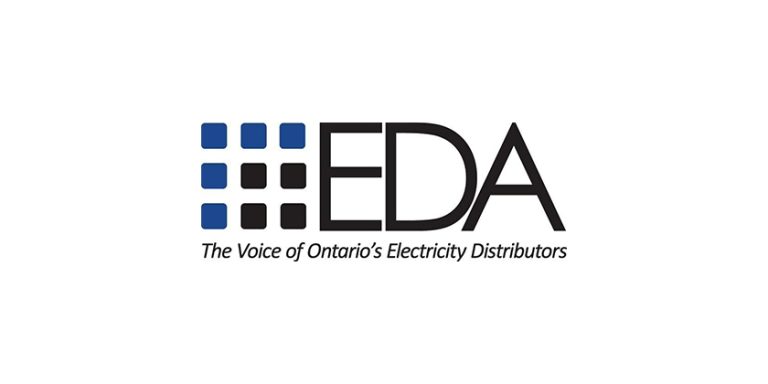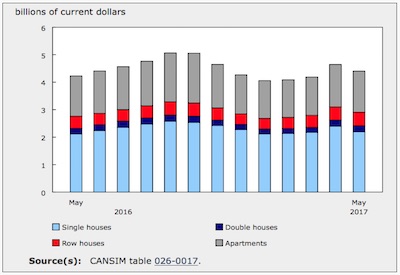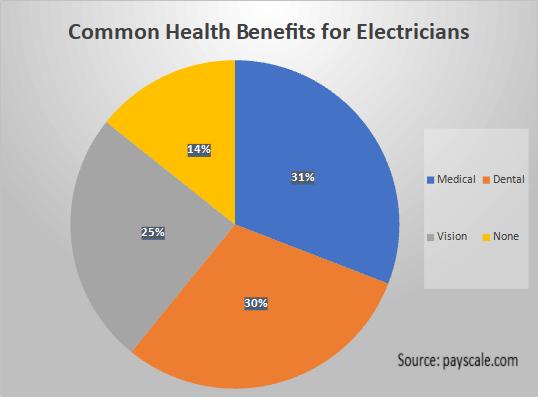Tips to Help You Decide: Rent or Own a Fusion Splicer?

Dec 6, 2020
By Josh Goyke
To rent or to own? It’s a question we regularly encounter in our daily lives, whether we’re looking at homes, vehicles, boats or even machinery or tools.
In the world of cabling and connectivity, that question doesn’t arise too often. But there are a few instances when you may need to decide whether you want to rent or own a piece of equipment to complete a job like fusion splicing.
What is fusion splicing?
Fusion splicing uses an electric arc or heat to fuse two optical fibres in an automated process. It’s a procedure often used to
• repair broken fibre links
• connect 250 µm OSP fibre to 900 µm fibre at the building entrance
• restore severed underground fibre optic cables
• fuse connectorized pigtails
• terminate fibre with splice-on connectors
Fusion splicing results in a strong, secure and high-performance connection of two cables to ensure excellent signal transmission from one to the next. The process works like this:
1. Fibre is stripped of its outer jacket and polymer coating.
2. Fibre is cleaned and cleaved.
3. Fibre is placed into a holder in a fusion splicer’s enclosure.
4. A fusion splicer aligns fibres, burns off impurities and fuses fibre ends together to create the permanent splice.
The Importance of a fusion splicer
As noted in No. 4, you need a fusion splicer to complete fusion splicing. And this is where the “rent or own” question comes into play during the process.
Using a fusion splicer requires training, but installers pick up on the process quickly and can be ready to splice in the field after some simple preparation work. Much of the “craft sensitivity” or installer skill required for traditional mechanical splicing is removed with fusion splicing, making it easy for novices and experts to use splice-on connectors. Because splicers are automated, most notify the technician when a splice is successful (and when it’s not so the splice can be corrected).
Historically, some installers shied away from fusion splicing because the cost of the splicer was too high (several thousands of dollars — and sometimes even tens of thousands of dollars). Choosing the highest-quality (and often most expensive) splicer possible was key to ensuring a proper connection.
Over the past few years, however, splicer tools have come down in price significantly, making their purchase more affordable; many splicer rental options are now available, too.
As fibre optic cable quality continues to rise, the performance of splice connections relies less on the splicer itself and more on overall cable and connector quality. When following proper instructions and keeping up with equipment maintenance, lower-cost splicers can create reliable fibre splices when combined with high-quality cable and connectors.
Given the fact that splicers have come down in price and are simple to use, how do you decide whether to lease or purchase your own?
Renting or leasing a fusion splicer
Renting is typically considered an operating expense because you’re not purchasing the equipment outright. You pay for it while you use it; when you’re done, you return it. You can rent a splicer for weeks, months or longer (freight is often included in these costs).
Renting the equipment may cost you more over time if you lease vs. own, but that depends on how much splicing you’re doing and whether you’re charging that rental expense back to a job.
In our opinion, there are a few good reasons to rent or lease a splicer:
• You’re not sure how much fusion splicing you’ll be doing.
• You’re completing several small projects.
• You’re just getting started with fusion splicing.
• You want to try out a new type or brand of splicer.
• You don’t know what kind of splicer you want to purchase yet.
• You want to train on the fusion splicing process.
Owning a fusion splicer
As opposed to renting, purchasing a fusion splicer is a one-time capital expense that will continue to pay for itself over time. The more you use it, the more you’ll make on your investment.
In our opinion, there are a few good reasons to own a fusion splicer:
• You know you’ll be completing lots of fusion splicing projects.
• You have several large jobs that call for fusion splicing.
• You don’t want to hassle with remembering to lease a splicer every time you need one.
• You want to be responsible for upkeep and maintenance on the equipment so you know it’s in proper working order.
Trying Belden’s FX Fusion Splicer
Belden’s FiberExpress (FX) Fusion Splicer supports consistent, reliable and high-quality terminations for single fibre splice-on connectors and pigtail splicing. Active cladding alignment ensures that the splicer achieves perfect alignment by automatically adjusting fibre ends in multiple directions while eliminating errors due to dust and other contaminants. To reduce downtime and delays, the device splices for 200 cycles between battery charges.
Joining Belden in 2017, Josh Goyke oversees Belden’s fibre solutions and ensures that they solutions are designed to meet the needs of the marketplace. He knows Belden fibre products inside and out, helping Belden stay on the forefront of game-changing fibre solutions that are faster, easier and better to use. Graduating from Purdue University with a BS in selling and sales management, Goyke’s guidance helps bring Belden’s new fibre solutions to market.
This article was first published online by Belden, Check out Belden blogs here.







![Guide to the Canadian Electrical Code, Part 1[i], 26th Edition – A Road Map: Section 16 Class 1 and Class 2 Circuits](https://electricalindustry.ca/wp-content/uploads/2022/11/Guide-CE-Code-2-768x432.png)








